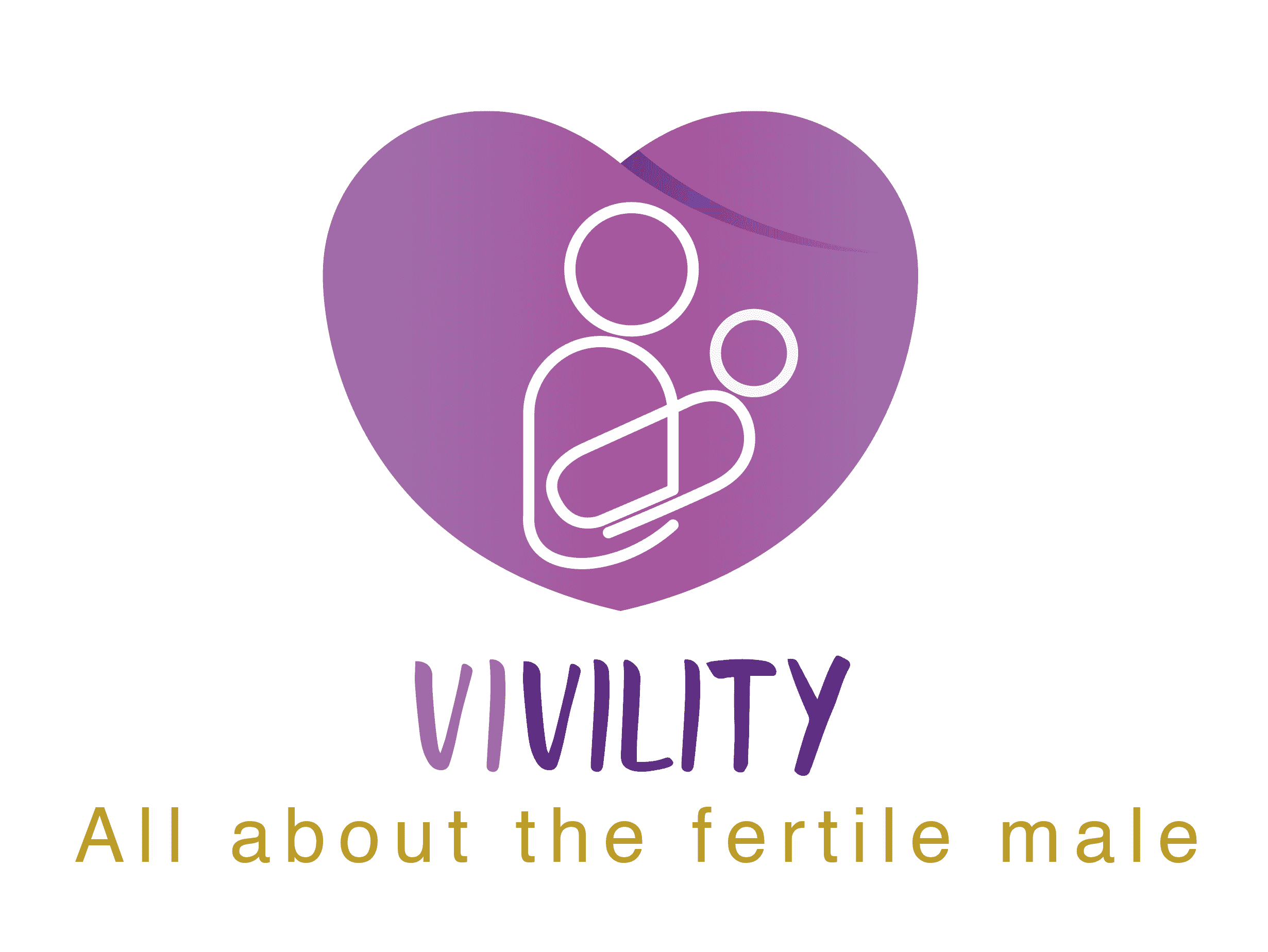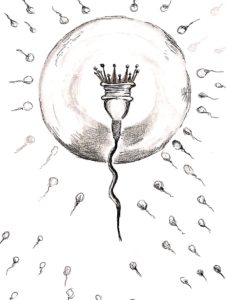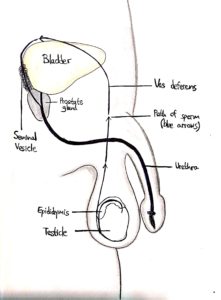Testicular Cancer
General
Testicular cancer is the most common cancer found in males between the ages of 15 and 35, and it is also the most curable with a survival rate of more than 95%. Even if cancer has spread beyond the testicle itself, known as metastasis, the chances of a full recovery after treatment is greater than 80%.
Symptoms
The first sign of testicular cancer is often swelling or a mass in the testes. It can be detected either by self-examination or as part of a regular physical exam performed by one’s physician. The detected lump may or may not be painful. Other symptoms include pain in the lower abdomen or scrotum and breast enlargement.
It is rare for testicular cancer to spread beyond the testicle. However, if it does metastasize, further symptoms include shortness of breath, coughing up blood, and lower back pain. If cancer has spread to the lymph nodes, one could develop a lump in the neck.
Risk Factors
Several factors may put one at a higher risk of developing testicular cancer, such as a family history of cancer and age (15-35). Testicular cancer is also five times more common in white men than black men and occurs less in developing countries.
Males with an undescended testicle (link to cryptorchidism page), even one that has been surgically corrected, are at a higher risk for testicular cancer, as are those with mumps orchitis.
Diagnosis
Definitive diagnosis and characterization of a detected lump can be performed using a testicular ultrasound. Blood tests can be used to measure any elevated tumor markers in the blood. The surgical removal of a testicle and its mass can then be followed with analysis to determine if the mass is cancerous. A CT scan can be used to determine if cancer has spread.
Testicular cancer can be further classified into two types, seminoma or nonseminoma. The former category is known to occur in all age groups and is less aggressive, while the latter is aggressive and more commonly found in younger males.
Treatment
The treatment prescribed for a diagnosis of testicular cancer will depend on various factors, including one’s general health and the stage and type of cancer.
- The initial treatment for testicular cancer, regardless of its type, is usually surgical removal of the affected testicle. If required, the surgeon will remove the nearby lymph nodes as well.
- Radiation therapy uses high levels of X-rays to kill cancerous cells, and will sometimes be recommended as treatment following surgery.
- Chemotherapy uses potent drugs to kill cancer cells. In some cases, chemotherapy will be the only treatment needed, while in others it will be recommended before and/or after surgery.
Testicular Cancer and Fertility
Most males will develop testicular cancer in only one testicle. The remaining testicle is usually capable of producing enough testosterone to maintain male physical and reproductive health. However, the radiation and chemotherapy treatments for the cancer are toxic to all cell types and can leave one infertile. Sometimes, this infertility will be temporary and fertility can return about 2 years following chemotherapy.
Today, it is common practice to freeze one or multiple sperm samples before treatment begins. (link to sperm freezing page) Frozen sperm can last for many years and provide one with the ability to father a child, even as a testicular cancer survivor.



